
Index style release aids are without a doubt the most popular release aids in bowhunting. That’s for good reason. They are incredibly practical for the field and easy to use. A seamless transition from shooting a gun and one that you won’t have to worry about losing on a hunt, due to the wrist strap.
That seamless transition though is exactly where many run into problems though. I know I did. The running string of events is similar across the board. Someone grabs an index, says this looks easy to use, hooks it on the d-loop, and pulls the trigger. In the grand scheme of things, that’s all we’re really doing, and if that works for you, that’s awesome. Personally, I ran into issues, because there is a bit more to it than that.
Accuracy in archery is all about being able to do the same thing the same way over and over again. It’s about consistency and repeatability is consistency. The method I’m going to lay out caters to that and involves the least amount of movement possible. Why that is important is our gear is fairly absolute in how it all functions. It’s got the repeatability thing down pat. We are the wild card in the mix and we are the ones that need to be kept in check.
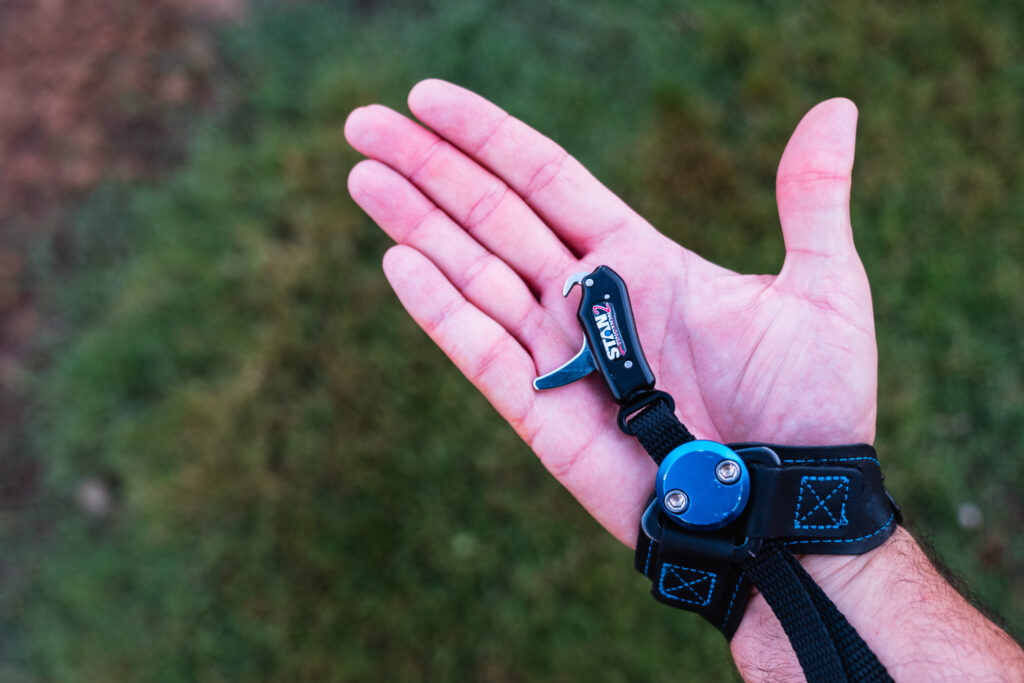
The first thing you’re going to want to do in this process is make sure your index style release is fit properly to you. Start off by attaching the wrist strap fairly choked up and snug to your wrist. Then you’ll want to shorten up the release quite a bit by bringing the trigger portion closer to the wrist strap portion. For me, at rest, the top of my release sits at the base of my fingers. This is achieved way easier with web connect index style release models like the Stanislawski Xtinction 2 or Carter Like Mike.
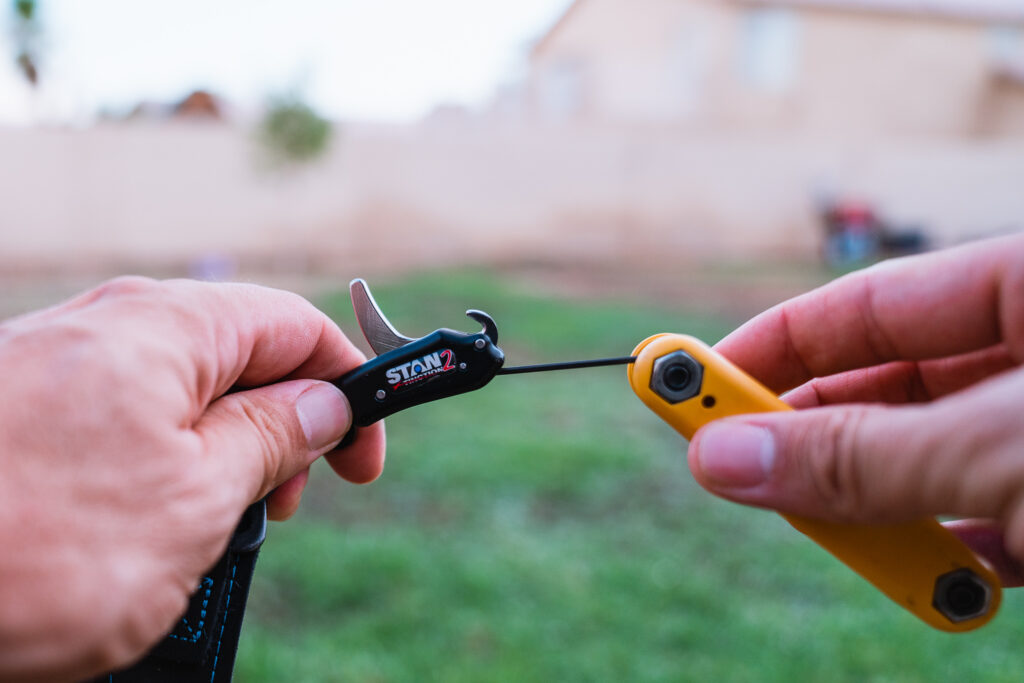
One of the most common things folks will do with archery releases across the board really is set their trigger way too light. A hair trigger is not what you want here. So, you’ll also want to adjust the trigger tension to make it heavier. This is crucial, as you’ll need to dig your index finger into the trigger and really feel it. Which is what we’ll go over next.
Now that your index style release is ready to rock, it’s time to take it for a test drive. Feel free to do this with a shot trainer first if you’re not comfortable doing it with a bow right off of the bat. It might help everything translate better without the worry of firing an arrow.
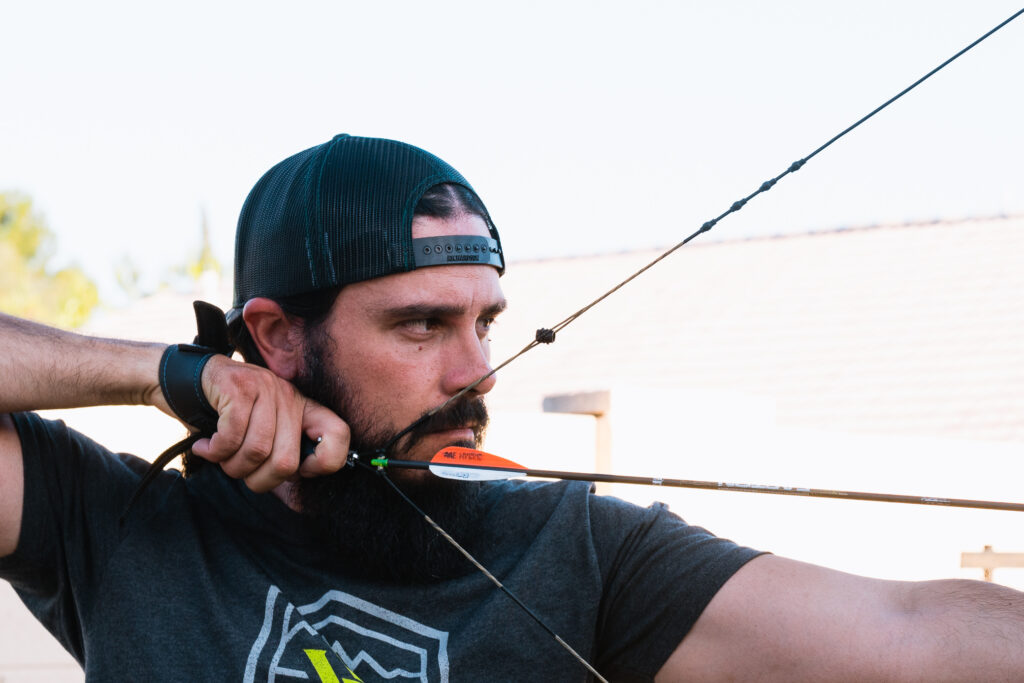
When applying this deep hook to the release, the trigger should end up at the second knuckle of your index finger. This will allow one to completely wrap their finger around the trigger.
To provide some perspective, when I personally do this, the tip of my index finger is actually touching the release after it’s wrapped. It serves as another anchor point for me and I’ll also touch the base of the wrist strap with my middle finger to add to the consistency factor. Remember, same way every time.
The best way it was explained to me is this. By using the deep hook and taking out any movement from your index, “you’re taking the stupid out of the equation.”
Once you’re dug in deep go and aiming on target, if using an actual bow at this point, start to relax your wrist and hand, while maintaining back tension as well as keeping your index finger rigid. This is going to to a few things. One, your hand will start to collapse in on itself. That, along with your back tension, will cause the wrist strap of the release to slightly move forward. When this happens the trigger will run right into your index finger. The shot breaks and there was no movement at all from your finger.
In the past, with both handheld and wrist strap releases, I have ascribed to the method of using pure back tension to engage a release and make it fire. That 100% works, but something always bothered me while doing it. There was a shake, because I was pulling into nothing. Bows these days have super solid back walls. There isn’t a give, hence the shaking when pulling against them.

Another thing I’d run into was not being consistent with how much preload I’d need to apply on the trigger before I’d start pulling through the shot. Sometimes it’d work out great. Other times I’d end up at full draw way too long, my shot would break down, and then there would be even more shake. Trusting the float is one thing, but the shake is something else.
This relaxing method squashes that shake. When I started doing this my pin was way more stable. I felt like I was finally able to aim how I wanted to aim. And the shot would break quicker and cleaner than ever before.
After doing all of this it’s natural to wonder if you’re doing it right or not. The best way to tell is to record yourself or have someone record you shooting. There are 2 things you’ll want to look for on your end. When the shot breaks, your arm and hand will naturally travel back. Almost like you’re trying to flex your bicep. The hand ends up right over the shoulder. And the other thing is your wrist will collapse downward. Both classic signs of a surprise shot.
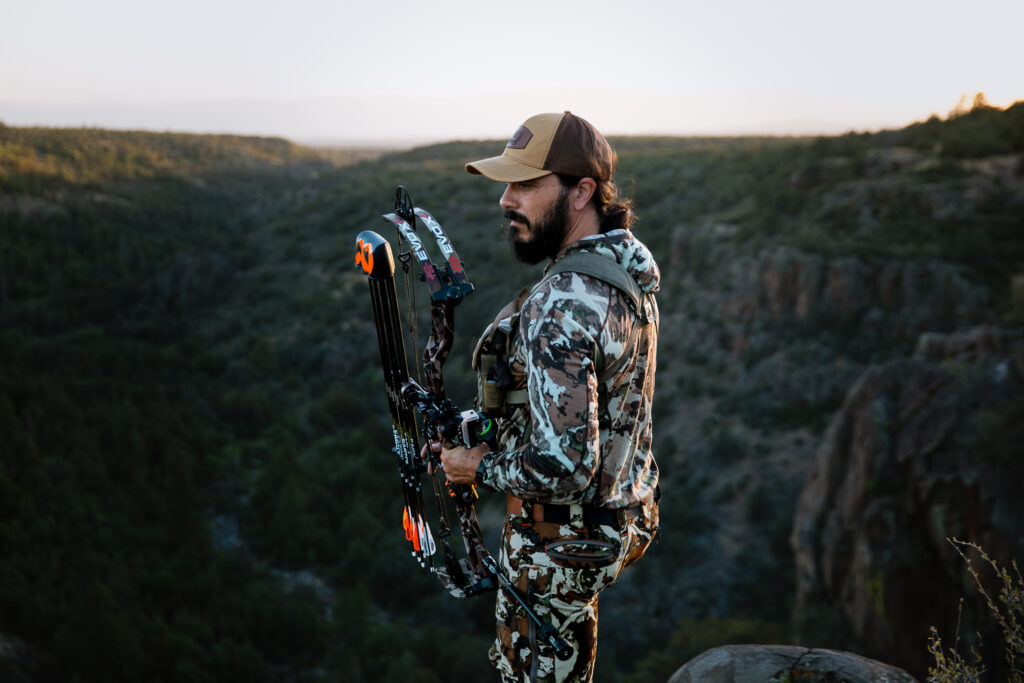
One of the common worries when shooting a surprise shot is applying it to the field. We are control freaks and it’s natural for us to want to control the situation and make the shot go. And in some instances we only have short shooting windows, so it totally makes sense. However, that’s no reason to not shoot a surprise shot.
If you’ve only got a short shooting window, all you’ll have to do is speed things up. Go through the same exact method of shooting, but faster. You’re still in the driver’s seat. You’ll still get a nice clean break, and you’ll have a heavy backpack to top it off. A win win scenario without leaving the driver’s seat.
To end things off here, I just want to say that there is no “right way” to doing all of this. The right way is whatever works best for you. There are plenty of folks out there that punch the trigger or have a controlled punch and shoot lights out. If that’s you, that’s awesome and I say run with it. That wasn’t me though and I ran into issues with target panic and the crumbling of my confidence. So, I found something better and have never been more confident. And I’m sure I’ll find even better things in the future. Evolving is one of the beauties about archery and bowhunting. It’s your show and you make the rules.
This is just what has worked the best for me. Hopefully, it’ll help lead you to what works best for you.
As an Amazon Associate, I earn from qualifying purchases
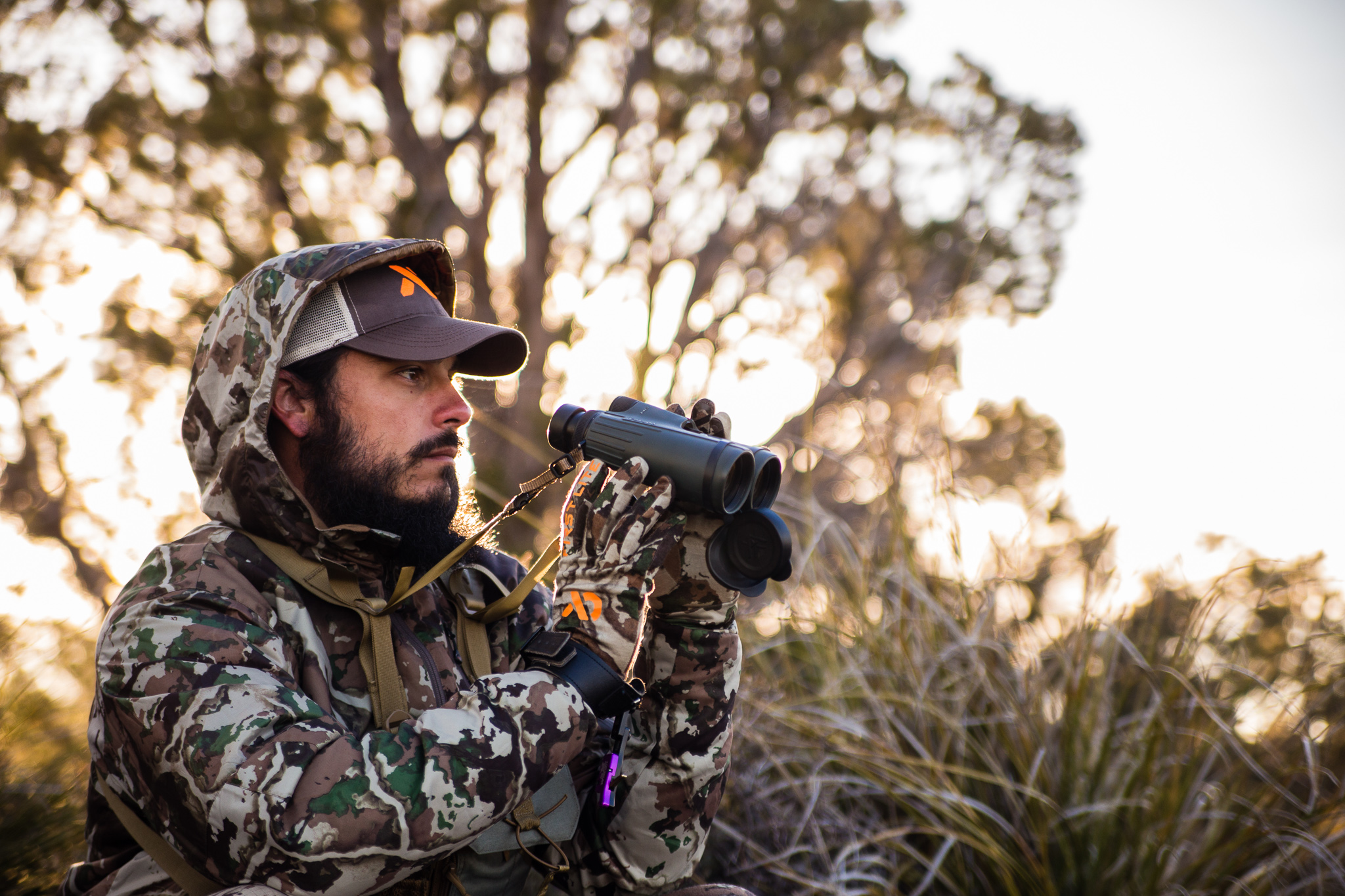

Copyright 2019 Dialed In Hunter
Design by NXNW.